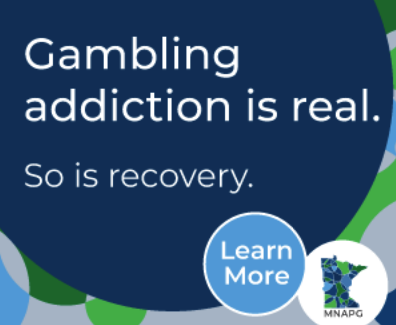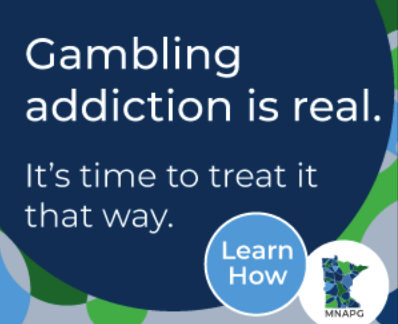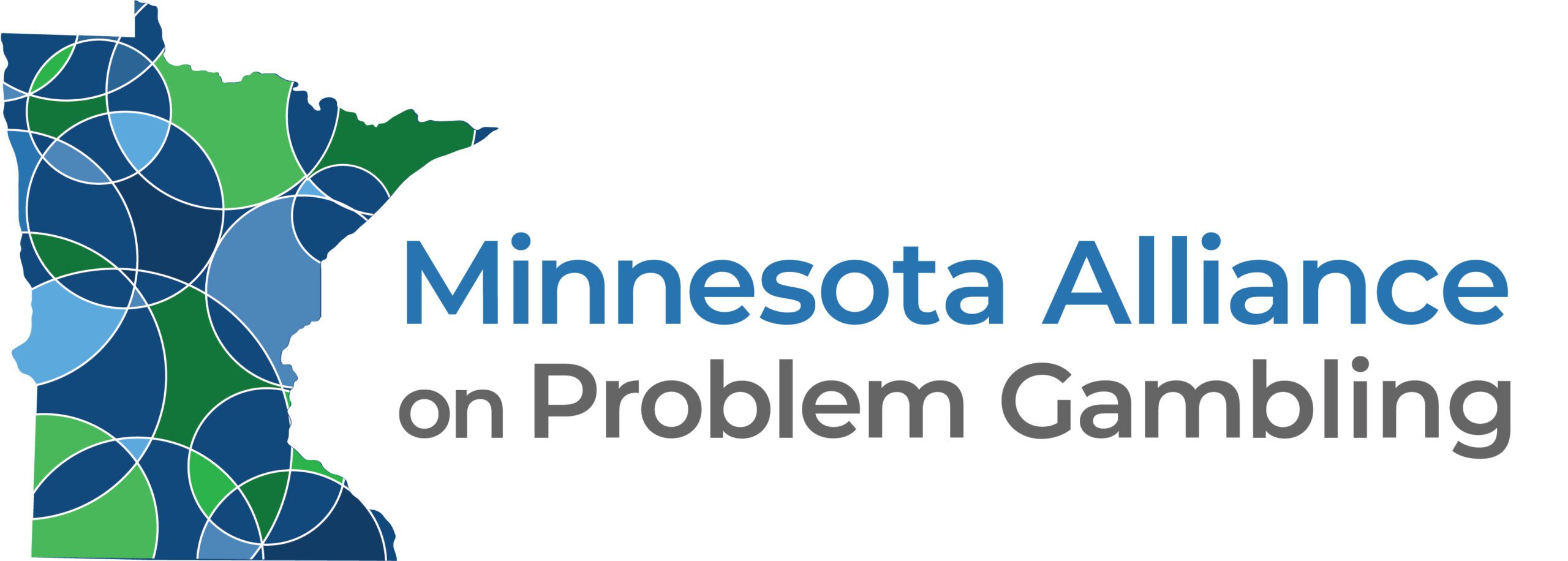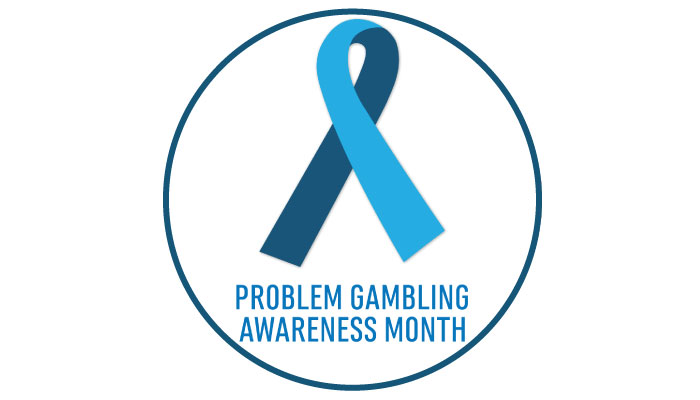This March marked the twentieth anniversary of PGAM. The month of March was intentionally chosen by the National Council on Problem Gambling (NCPG) to draw attention to the growing interest and participation in “the brackets,” the NCAA basketball championship tournament.
For many Americans, the annual tournament is a fun event involving officemates and friends choosing which teams will move forward in the competition. Many such pools don’t involve money, but only bragging rights for the winner. However, for others, it’s a much more serious and potentially harm-producing endeavor. Aided by easy accessibility of wagering on a phone, players could engage in in-play bets (that have nothing to do with the outcome of the game) in addition to picking winners. Some argue that placing a small wager on the games makes it more exciting. But for others who get swept up in the action and bet more than they can afford to lose, the experience of wagering can be devastating.
This year may may have been more damaging than previous years as none of the first-seed teams made it to the Final Four.
Some facts about March Madness (sources in parentheses):
º Over 80 million brackets are completed each year (American Gaming Association)
º An estimated $15.5 billion was wagered over the course of the tournament (American Gaming Association)
º Approximately 52% of wagers were placed online (American Gaming Association)
º Of those betting online, an estimated 75% were betting on the tournament for the first time (American Gaming Association)
º The odds of filling out a perfect bracket is one in 9.2 quintillion (NCAA)
º More than 62% of Americans either planned to place a wager or knew someone who did (American Gaming Association)
Concerns were raised over student athletes being harassed on social media by those who lost bets. This will need to be closely monitored in the months to come.
MNAPG HELPS TO GET THE WORD OUT ABOUT PGAM


As the state affiliate to NCPG, we join forces in the national PGAM campaign to increase awareness about problem gambling throughout the state of Minnesota. Our activities actually start around the time of the Super Bowl and then roll into March, ending at the conclusion of the NCAA championship in early April. Our campaigns are displayed on our social medial platforms, included in our long-standing relationship with The Phoenix Spirit (recovery newspaper and website focusing on addiction, recovery, renewal and growth) and highlighted in various digital ads, targeted emails and paid articles with the Star Tribune. We also participate in several conferences throughout March by either providing resources or making presentations.
One of MNAPG’s presentations addressed Metro State’s Problem Gambling elective class, which, through the tenacity of counselor and associate professor Kevin Spading, has received recognition by the Department of Human Services as equivalent to the 60 hours of training required to become a problem gambling counselor. This enables all graduates of this LADC program who have taken this class to be immediately eligible to complete a contract to be a certified with Minnesota’s Department of Human Services, and thus offer free problem gambling services. As this is the only program of its kind in the state, MNAPG is hopeful this will lead to a new pipeline of problem gambling counselors, something which is greatly needed.
MNAPG also had the opportunity to address the Hazelden Betty Ford community regarding the high co-occurrence of gambling with other addictions and mental health issues. This was a new audience, with hundreds attending from across the country.
MNAPG relies on targeting three specific audiences in our PGAM campaigns: gamblers, a gambler’s concerned others and healthcare professionals. We emphasize the resources available for help and provide hope in our messaging that treatment works for gamblers and their families. For healthcare professionals, we stress the importance of screening for problem gambling and to make them aware of available resources.

